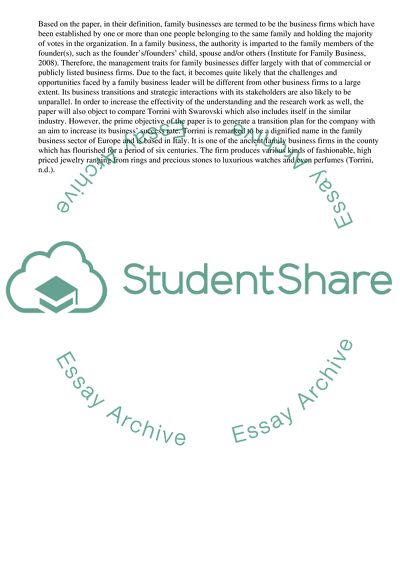Cite this document
(Torrini: A Family Owned Business Case Study Example | Topics and Well Written Essays - 3500 words, n.d.)
Torrini: A Family Owned Business Case Study Example | Topics and Well Written Essays - 3500 words. Retrieved from https://studentshare.org/business/1750199-family-own-business
Torrini: A Family Owned Business Case Study Example | Topics and Well Written Essays - 3500 words. Retrieved from https://studentshare.org/business/1750199-family-own-business
(Torrini: A Family Owned Business Case Study Example | Topics and Well Written Essays - 3500 Words)
Torrini: A Family Owned Business Case Study Example | Topics and Well Written Essays - 3500 Words. https://studentshare.org/business/1750199-family-own-business.
Torrini: A Family Owned Business Case Study Example | Topics and Well Written Essays - 3500 Words. https://studentshare.org/business/1750199-family-own-business.
“Torrini: A Family Owned Business Case Study Example | Topics and Well Written Essays - 3500 Words”, n.d. https://studentshare.org/business/1750199-family-own-business.


